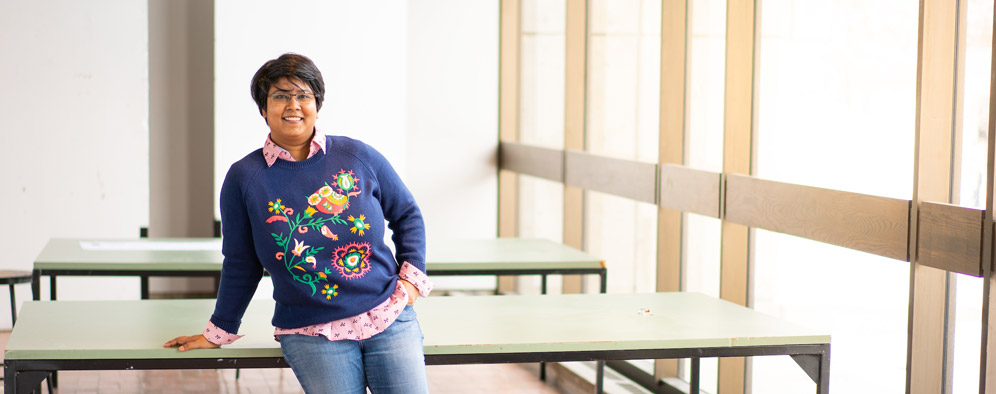
Originally posted on @theU on March 1, 2019.
“Having lived in India, Hong Kong and now Utah, public transportation has always been a huge part of my life. I’ve seen the difference infrastructure makes from country to country and the impacts it has on people’s travel behaviors. Coming from a highly dense megalopolis where the sheer number of people heightens traffic congestion so much so, it’s almost a relief to access public transportation. Utah’s a welcome change with its TRAX lines, protected bike lanes and other numerous public and active transit systems.
Coming from India, I cannot help but compare the poor driving conditions coupled with high fuel prices and other affordability issues, forces people to take the public transit. While here in the U.S. improved roadways, affordable car loans and low fuel prices encourage higher vehicle ownership and driving behaviors.
The two main reasons to take public transport in India are extreme traffic congestion and a huge percentage of daily workers who cannot afford their own vehicles. Public transport is a necessity not a choice. This high demand coupled with the government’s inability to supply cheap public transit also highlights the reality, the public transportation fleet needs upgrading and is not always an enjoyable ride. Whereas, in Utah, the bus and train fleet are modernized which guarantees a comfortable ride.
Being a user of public transit all my life, I see the numerous potentials here in Utah. What’s lacking here is the ‘necessity’ factor. People feel more in control of their schedule with driving. Ways to make mass transit more convenient could be; increasing the frequency of bus and TRAX, expanded routes to cover more neighborhoods, installing all-weather bus stop shelters and better integrating active transportation facilities with existing public transit, like bike racks at TRAX stops and building ‘floating’ bus stops.
While not my field of study in City and Metropolitan Planning, I know my colleagues are working on long-lasting solutions. They are thinking of unique ways to make the system so convenient that people want to ride a bus or train.
I’ve never owned a car. And I don’t think I’ll need to while I’m part of the U community. Thanks in large part to the TRAX and UTA benefit, my daily commute is taken care of.”
—Debolina Banerjee, doctoral student, Department of City and Metropolitan Planning and research assistant, Center for Ecological Planning + Design, LEED AP
Banerjee is just one member of the U whose commuting behavior is complex. Transportation mode choices depend on multiple factors, including weather, time of day, cost, proximity and convenience. Many commute trips involve more than one mode of transportation. Source: U. Office of Sustainability
